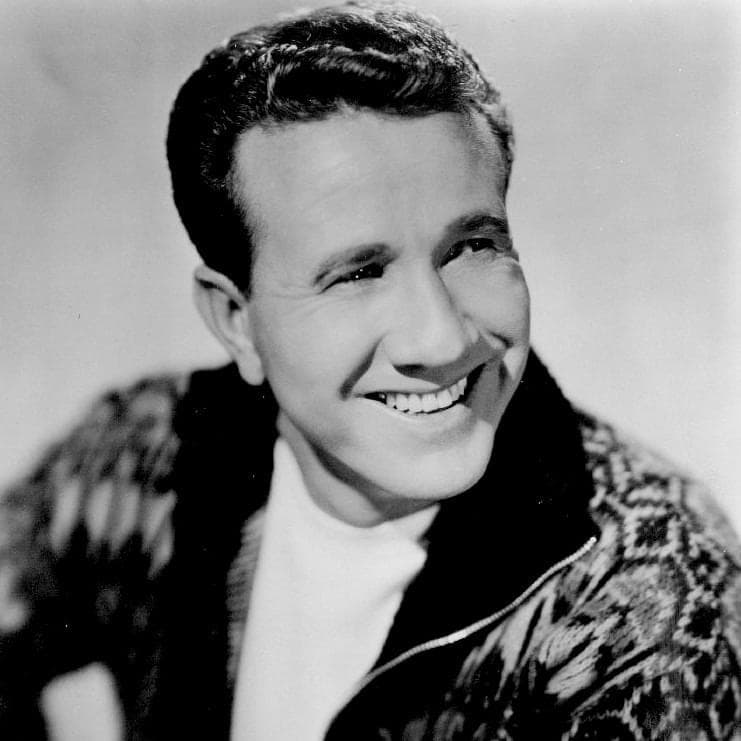
A Bolt of Lightning and a Promise: The Redemption Song that Echoed Across the Wide-Open West
To an entire generation, the name Marty Robbins doesn’t just conjure the image of a smooth-voiced country crooner; it calls up the spirit of the Wild West itself, a land of vast plains, dusty saloons, and moral crossroads. And among the towering monuments of his career, few stand as powerfully or as emotionally resonant as “The Master’s Call.”
Released in 1959, the song was a cornerstone of what many critics and fans consider to be his magnum opus, the revolutionary Gunfighter Ballads and Trail Songs album. While this masterpiece of Western music is most famous for the smash hit “El Paso”—which soared to number one on both the Billboard Hot 100 and the Hot Country & Western Sides chart—“The Master’s Call” was never released as a commercial single and, therefore, does not boast an official chart position of its own. However, its importance is measured not in weeks on a list but in the depth of its message and the way it cemented the thematic brilliance of the entire album. It was a critical track that helped define the sprawling, cinematic scope of the work, becoming an enduring favorite among those who bought the record and understood its soul.
The story laid out in the song is a classic, deeply religious, frontier redemption tale, told with the kind of straightforward, vivid narrative that Robbins mastered. The narrator begins as a headstrong, “wild and full of fire” youth who runs away from his loving parents and falls in with an outlaw band, living a life of “robb[ing] and plunder[ing].” It’s a journey into sin, a common hazard of the lonely, lawless West. The central drama unfolds one dark night as the gang is rustling cattle—”a thousand head or so”—driving them toward Mexico. A sudden, violent norther blows up, bringing with it a torrent of lightning and thunder.
Distracted by strange, perhaps divine, voices in the storm, the outlaw is thrown from his pony, right into the path of a stampeding herd. This moment—when certain death in the form of a thousand frantic hooves is imminent—is the spiritual climax. A bolt of lightning illuminates the face of Jesus Christ, prompting a desperate, heartfelt cry for mercy and a vow to dedicate his life to God. The immediate, miraculous answer is another lightning bolt that strikes and instantly kills a hundred head of steers, forming a six- or seven-foot-high barricade that saves the narrator’s life.
The meaning of “The Master’s Call” is unequivocal: it is a powerful message of divine intervention, faith, and second chances. It’s a vivid musical sermon asserting that God has a reason for everything, and that even the most lost, wicked soul can be redeemed in a single, terrifying, miraculous moment. The narrator’s past is described as a “wicked past” and “wasted years,” making the pardon he receives all the more profound—his sinful soul is “set free.”
For those of us who grew up listening to the resonant poetry of Marty Robbins, this song is a pure, nostalgic time capsule. It evokes the feeling of sitting around an old radio or turntable, absorbing a story that was grander and simpler than life itself. It’s a masterful piece of Western balladry, where the guitar work, often by the great Grady Martin, and the backing vocals of The Glaser Brothers, provide the perfect, somber atmosphere for a narrative drenched in high drama and ultimate spiritual peace. Though many of Robbins’ hits were tales of tragic, doomed love and gunfights, this one offered a beacon of hope, a reminder that the trail to salvation is always open, even when a thousand head of stampeding cattle are bearing down upon you. It remains a poignant, soul-stirring favorite, a profound testament to the enduring power of faith set against the rugged backdrop of the American frontier.